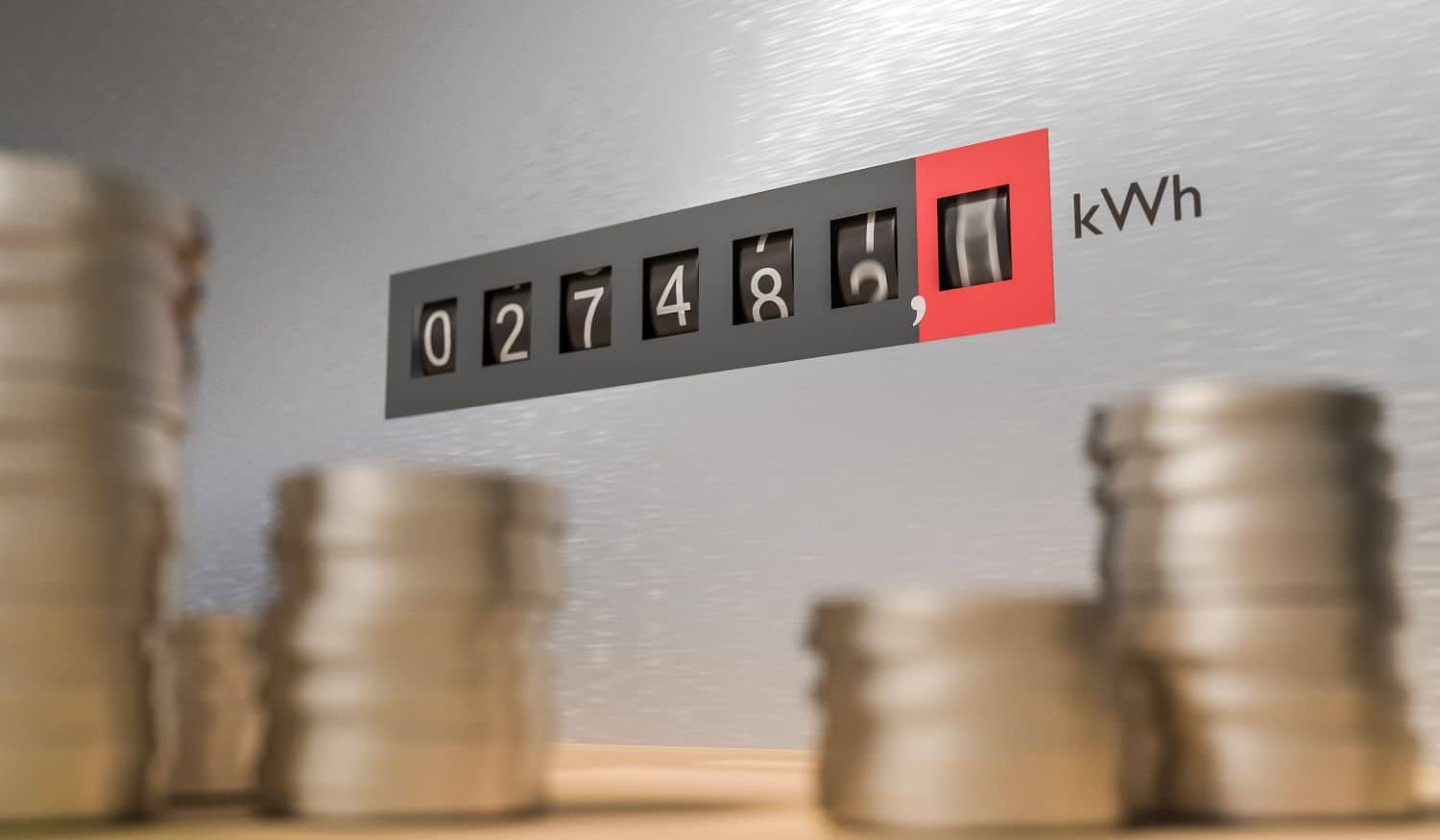Households will pay 77.5% more for electricity in 2027 than they did in 2022.
Household budgets are about to get even tighter as Eskom’s annual tariff increase takes effect.
Electricity costs will increase by 12.74% from 1 April, adding another level to the exponentially climbing tower of costs that households must consider.
Municipal tariff increases may only be effective from 1 July, but it only delays the inevitable passing of costs onto household users.
Eskom tariffs: Gradual but exorbitant increases
The looming increase is the first in a three-year staggered increase granted to Eskom by the National Energy Regulator of South Africa (Nersa) in January.
Little consolation can be taken from Nersa having rejected Eskom’s initial application, as by 2027 the compounded increase will be comparable to the 32% requested.
Heaping on a value-added tax (VAT) increase to boot, the gradual increases chip away at every household’s disposable income, delivering bad news in a slow drip that does not abruptly shock ratepayers into action.
However, when comparing electricity costs from just three years ago, households will be paying 77.5% more in 2027 than they were in 2022 by the time this cycle of increases is completed.
A R1 000 bill from 2022 will cost more than R1 500 after 1 April 2025, and R1 775 by 2027 when adding in the VAT increases.
For a large household who spent R60 000 a year on electricity in 2022, the equivalent cost in 2027 will be at least R106 510 in 2027, all increases considered.
Ending the slow drip of electricity costs
When dissecting a household’s electricity usage, turning off lights and appliances is admirable but neglects the biggest drain of kilowatts.
Managing a home’s geyser is the number one way to conserve energy as this giant kettle in the ceiling makes up roughly 40% of a household’s usage.
“The geyser is the most inefficient household device ever invented. If you solve the problem of this energy guzzler, you can easily offset the incoming electricity increase,” said Standard Bank’s Executive Head of LookSee, Marc du Plessis.
“A home is only using heated water for 20% of the day, so it does not need hundreds of litres of freshly boiled water sitting idle all day,” he stressed.
Solar installations and geysers are costly investments but LookSee has a cost effective solution which provides an innovative alternative to traditional solar geysers.
LookSee’s conversion process makes use of your existing electric geyser without having to disrupt the home’s existing electrical and plumbing configurations.
“This is not a solar geyser, this is plugging panels into your existing geyser. We use standard solar photovoltaic panels connected to a controller unit that powers the geyser via the thermostat and element. The geyser is not changed or moved in any way,” explained Du Plessis.
“The connection to the home’s main electricity supply also remains, so even if there is prolonged rain or cloud cover you will not go without hot water,” he added.
Savings guaranteed from day one
This non-invasive installation, which takes a few hours at most, places geyser management at the touch of a dial and delivers as much as 40% savings on your electricity bill.
For most families, the cost of finance repayments is more than offset by the savings generated through the solar water heating, leaving the household saving from the outset.
Standard Bank’s simple financing options evolve this geyser conversion from a luxury investment into an affordable approach toward household overhead management.
“The savings are considerable from day one and grow every year as electricity tariffs increase. Of course, once you’ve paid for your conversion, then the sun is heating your water for free,” Du Plessis concluded.
To find out more about LookSee’s geyser conversion, click here.
Brought to you by LookSee.
